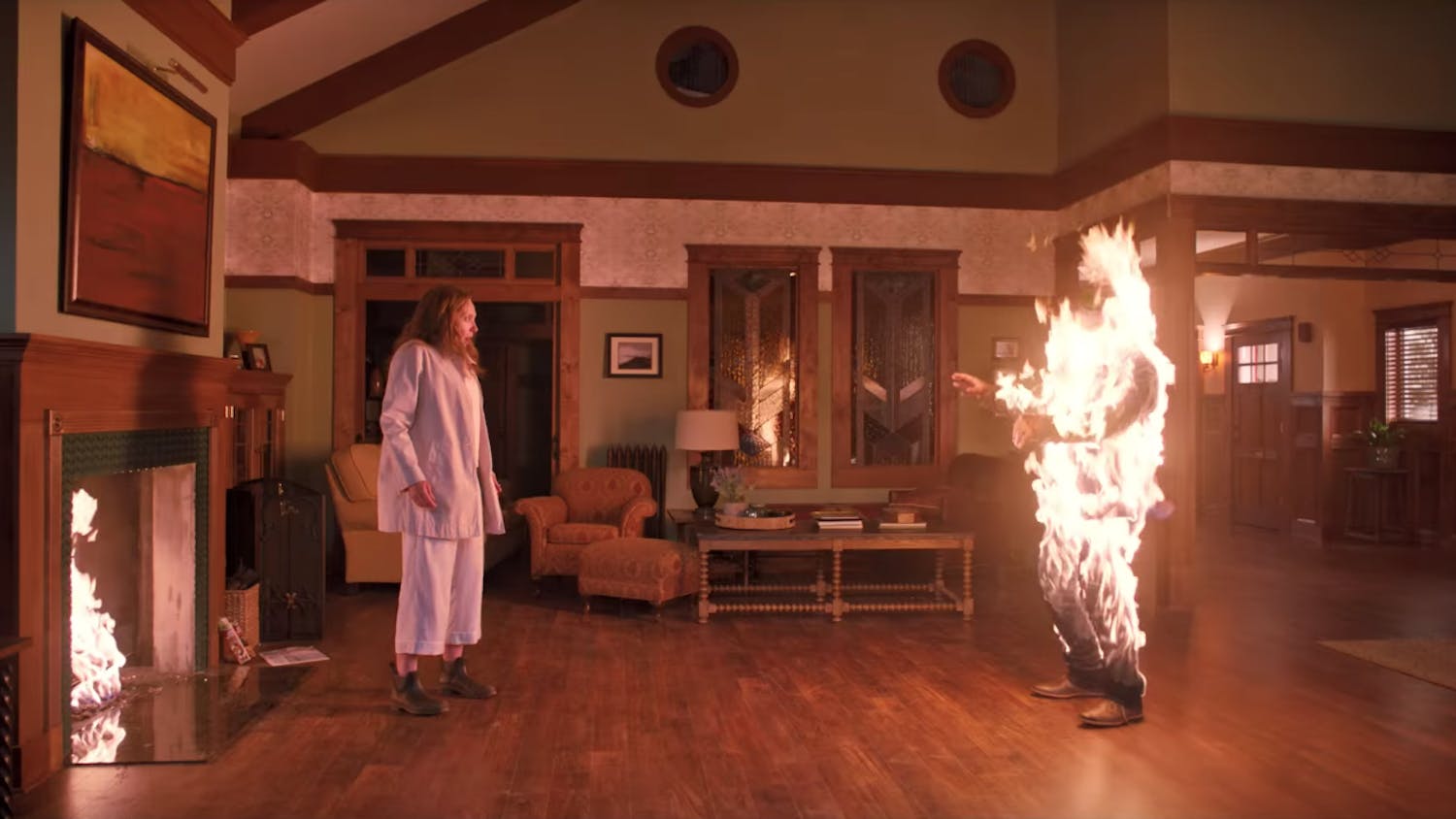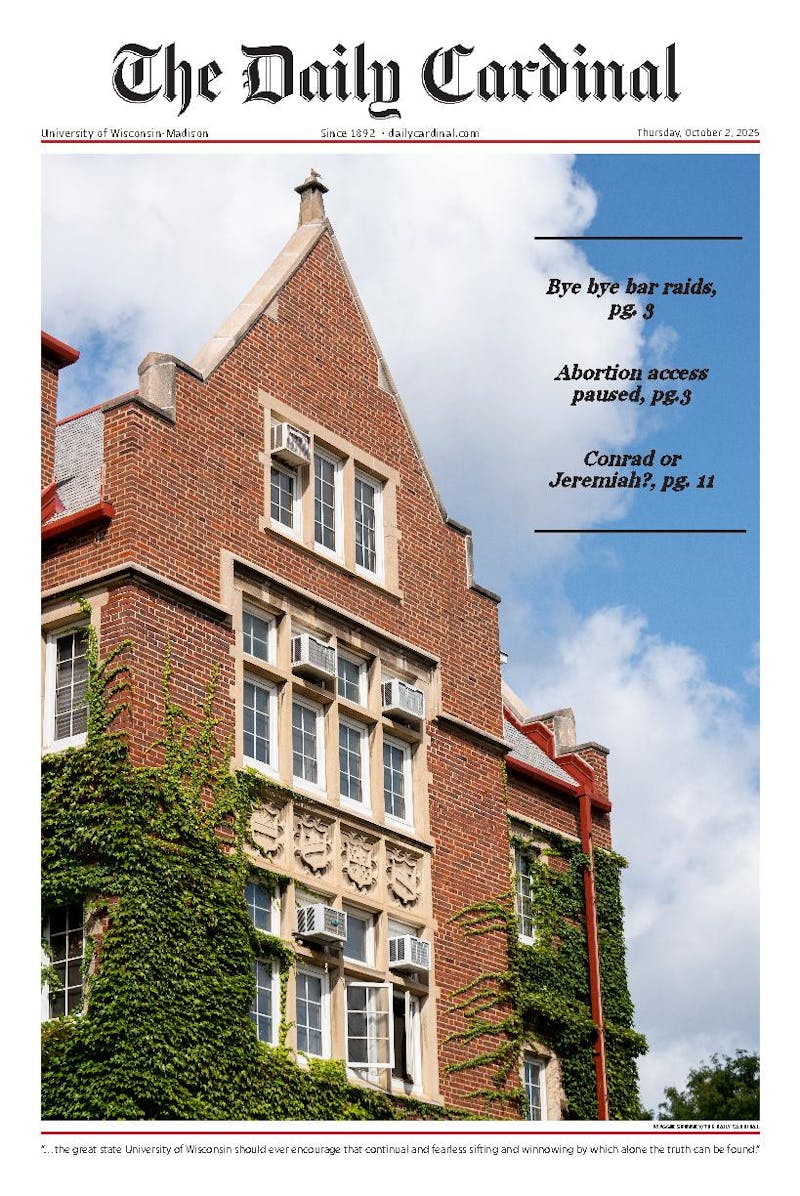Just a blurred snapshot. That is all it took to inspire Julie Insun Youn to create her recent work. After receiving her first digital camera, she dabbled with its many features and accidently snapped shots in the dark. These images were shaky and out of focus. But unlike most of us, Youn did not delete the pictures. Instead, she was surprised by their beauty, and realized it was just what her paintings needed. After taking more purposefully blurred images, she decided to buy a new camera with features that would allow her to adjust the lens and experiment with blur even more.
Intrigued by the role blur could play in a work of art's message, Youn's master's thesis show, entitled ""Studies on Presence,"" conveys her ideas concerning past presence and presence absence in a series of paintings whose images are all blurred. When asked how blur contributed to her work, Youn explained that its use in each piece has changed as she has grown as an artist, serving different purposes at different times.
Originally inspired by its ability to romanticize a piece of art, her first few shows used blur to veil reality and hide the ugly. But as she matured as an artist, it became a way to reveal the hidden beauty, perhaps things traditionally thought to be ugly, in everyday life. ""Studies on Presence"" focuses on the beauty of the underappreciated, the overlooked and the objects Youn consider to be reflections of vulgar consumerism.
Although Youn believes the audience should interpret freely, it is hard to ignore her obvious passion for blur and the importance it has in articulating her message. In explaining the motive behind the collection, she expressed a desire to transfigure boredom and ultimately seek the hidden importance of life. More specifically, the pieces all focus on her studies of presence. In this show, unlike her previous shows, she focuses on the domestic life to communicate this message. Her paintings create a melancholic feeling in viewers.
But blur wasn't the only aspect that contributed to Youn's art. Each piece in her collection is painted on a piece of wood. Stepping away from the traditional canvas, Youn desired to create pieces that were sleek and clean. This allowed for each painting to seem photographic, the precise effect she desired to create. She also expressed how over time the oil paints used in each piece have sunken into the wood. The pattern and grain of the wood emerges through these older pieces and makes the image more nostalgic. This added to her work on presence by creating a sense of memory.
The passion Youn has for art and for blur is obvious. But in terms of her future career plans, Youn does not know where she is going. That said, Youn believes blur has had a significant impact on her journey as an artist, and though she doesn't know how long it will continue to inspire her, she sees no end in sight.
With about 17 paintings to be included in the show, Youn hopes to share her studies of presence with a greater audience. Because of the dedication and thought Youn puts into her art, the show is sure to be a worthwhile experience.
""Studies on Presence"" will be on display at The Lucent Room Studio located at 305 S. Livingston St. The show runs from Monday, Nov. 1 through Wednesday, Nov. 10.





